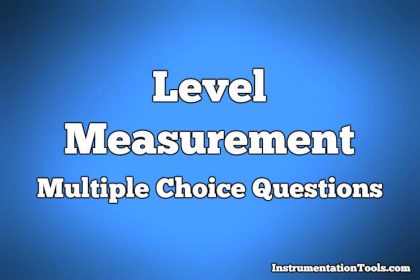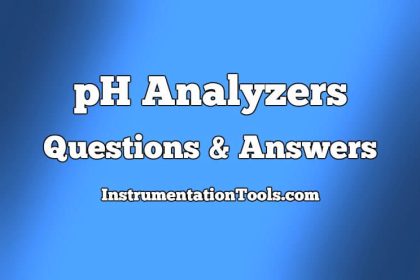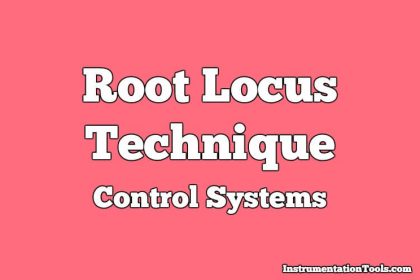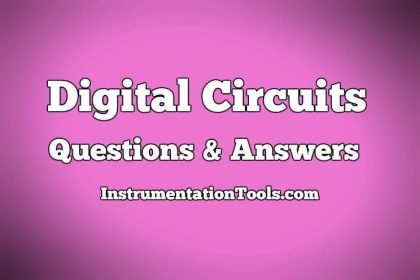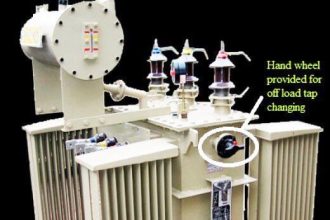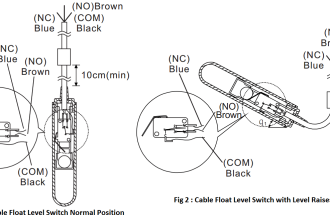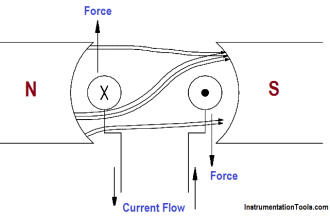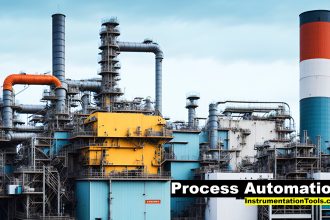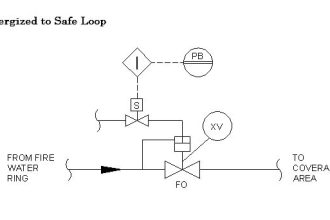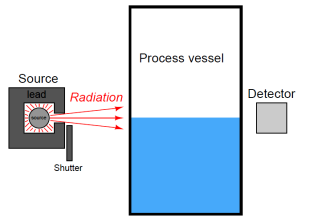Cascade Compensation in Time Domain
1. A proportional controller leads to:
a) Zero steady state error for step input for type 1 system
b) Zero steady state error for step input for type 0 system
c) Infinite steady state error for step input for a type 1 system
d) Finite steady state error for step input for type 1 system
Answer: a
Explanation: A proportional controller is the controller block used in the system so as to follow the output and leads to zero steady state error for step input for type 1 system.
2. An all-pass network imparts only
a) Negative phase to the input
b) Positive phase to the input
c) 90 degree phase shift to the input
d) 180 degree phase shift to the input
Answer: d
Explanation: An all-pass network is the network that is the combination of the minimum and non-minimum phase systems and have the magnitude 1 for all frequencies and imparts only 180 degree phase shift.
3. Which of the following is an effect of lag compensation?
a) Decrease bandwidth
b) Improves transient response
c) Increases the effect of noise
d) Increases stability margin
Answer: a
Explanation: Lag compensation is the integral compensation that introduces the lag in the response by slowing the response and reducing the steady state error value by decreasing bandwidth.
4. PD controller:
a) Decreases steady state error and improves stability
b) Rise time decreases
c) Transient response becomes poorer
d) Increases steady state error
Answer: b
Explanation: In Proportional and Derivative controller the damping factor value is increases the oscillations are reduced and rise time decreases hence speed of response increases.
5. PID controller:
a) Decreases steady state error and improves stability
b) Rise time decreases
c) Transient response becomes poorer
d) Increases steady state error
Answer: a
Explanation: Proportional Integral and Derivative controller is the controller that is the combinational controller that increases the speed of response, decreases steady state error and improves stability.
6. PI controller:
a) Decreases steady state error and improves stability
b) Rise time decreases
c) Transient response becomes poorer
d) Increases steady state error
Answer: c
Explanation: In Proportional and Integral controller which is the extension of the integral controller which improves the steady state response but transient response becomes poorer.
7. Proportional controller
a) Decreases steady state error and improves stability
b) Rise time decreases
c) Transient response becomes poorer
d) Increases steady state error
Answer: d
Explanation: Proportional controller is the controller that is used in the system so that the output follows the input and increases steady state error.
8. PD controller is used to compensate a system, Compared to the uncompensated system, the compensated system has:
a) A higher type number
b) Reduced damping
c) Higher noise amplification
d) Large transient overshoot
Answer: c
Explanation: The compensated system of the proportional derivative controller has bandwidth increases and signal to noise ratio decreases.
9. Lead compensator increases bandwidth
a) True
b) False
Answer: a
Explanation: Lead compensator is similar to high pass filter and causes lead in the system and increases the speed of response of the system and hence increases Bandwidth.
10. Lag compensator reduces__________
a) Position constant
b) Velocity constant
c) Position variable
d) Acceleration constant
Answer: b
Explanation: Lag compensator is the integral compensation that causes the lag in the response and reduces velocity constant.
